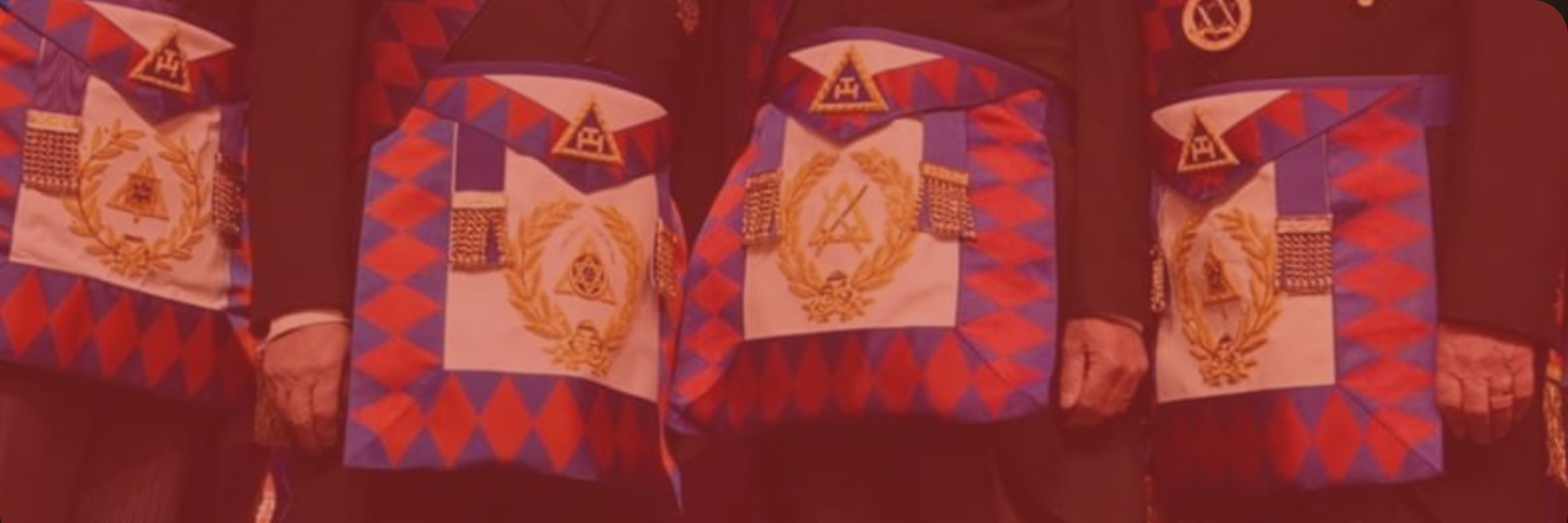In England and Wales the Royal Arch is considered the completion of a Freemason’s journey in “Pure Antient Masonry”.
The Royal Arch has four ceremonies: the exaltation ceremony to admit new members and an installation ceremony for each of the three Principals. The exaltation ceremony is in two parts: a rather dramatic presentation of the principles of the Order followed by three Lectures in which the history, symbolism and principles of the Royal Arch are further explained. Like Craft Freemasonry, the Royal Arch is open to men of all faiths who are Master Masons.
Its members, called Companions, meet in Chapters under a Grand Chapter. Chapters are presided over conjointly by three Principals, and the Grand Chapter by three Grand Principals, with a Pro First Grand Principal when the First Grand Principal is a Royal Prince. Chapters are organised as a Metropolitan area or Provinces (based on the old Counties), each with a local Grand Superintendent in charge. To find a Royal Arch meeting place click here
History of the Royal Arch
As with Craft Freemasonry, there is debate as to the origins of the Royal Arch, not helped by the paucity of surviving evidence. From what evidence there is, we know that the Royal Arch was known in London, York and Dublin by the late 1730s. From extant Lodge Minute Books of the 1750s we know that the Royal Arch was being worked within Craft Lodges under both the Premier and the Antients’ Grand Lodges in England, and in Lodges under the Grand Lodges of Ireland and Scotland. The current Supreme Grand Chapter in England dates from the reorganisation of the Craft after the Union of the two Grand Lodges in 1813.
Connections between the Royal Family and the Royal Arch in England began in 1772, when HRH Henry Frederick, Duke of Cumberland (brother to King George III) became a member. In 1774, he was elected Grand Patron of the Royal Arch – a portrait of him in his robes for that office still hangs in Freemasons’ Hall. In 1776, he was elected First Grand Principal and held that office until 1785. On his death, in 1790, he was succeeded as Grand Patron by his nephew HRH William, Duke of Clarence (later HM King William IV).
Further information on the history of the Order and Supreme Grand Chapter can be found on Solomon, UGLE’s online learning resource, which supports individual members of the Craft and Royal Arch as they progress.

